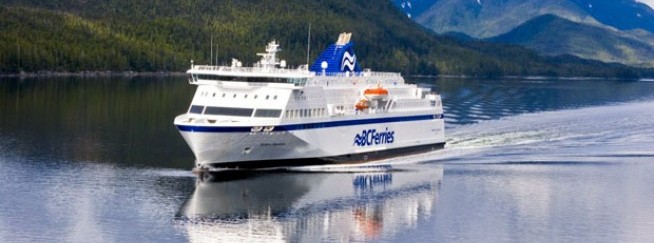LNG use increasing as marine fuel
Source: Times Colonist
Author: Alex Rueben, Executive Director, IMTARC
Date: February 8, 2015
Re: “Ferries and LNG go well together,” editorial, Feb. 4.
The editorial on the increasing use of liquefied natural gas in the marine sector was right on the mark.
As B.C. Ferries has realized, significant cost savings can be achieved by switching from expensive lower-sulphur diesel fuel as marine short-sea shipping operators grapple with the stricter emission-control rules coming into effect for designated areas in 2015. The rules, under the International Convention for the Prevention of Pollution from ships, cover emissions of sulphur oxides and particulate matter from ships.
It is not only B.C. Ferries that recognizes the combined benefits of using LNG as a marine fuel in terms of cost reductions and conforming to evolving environmental legislation in the marine sector. In 2014, Seaspan Ferries announced the construction of two dual-fuel LNG-powered rail ferries. Totem Ocean Trailer Express, a U.S. marine carrier whose ships regularly ply the waters off the B.C. coastline, is converting its fleet to LNG propulsion. It is only a matter of time before tug and barge operations and other local shipping operators follow suit.
And LNG is not limited to the marine sector, but is also finding increased use in high-horsepower applications in trucking, rail transport, mining, and in oil and gas operations. All of this will drive an ever-increasing LNG-oriented infrastructure in B.C., whether or not the proposed LNG export facilities come to fruition.



Site design by Ravensfoot